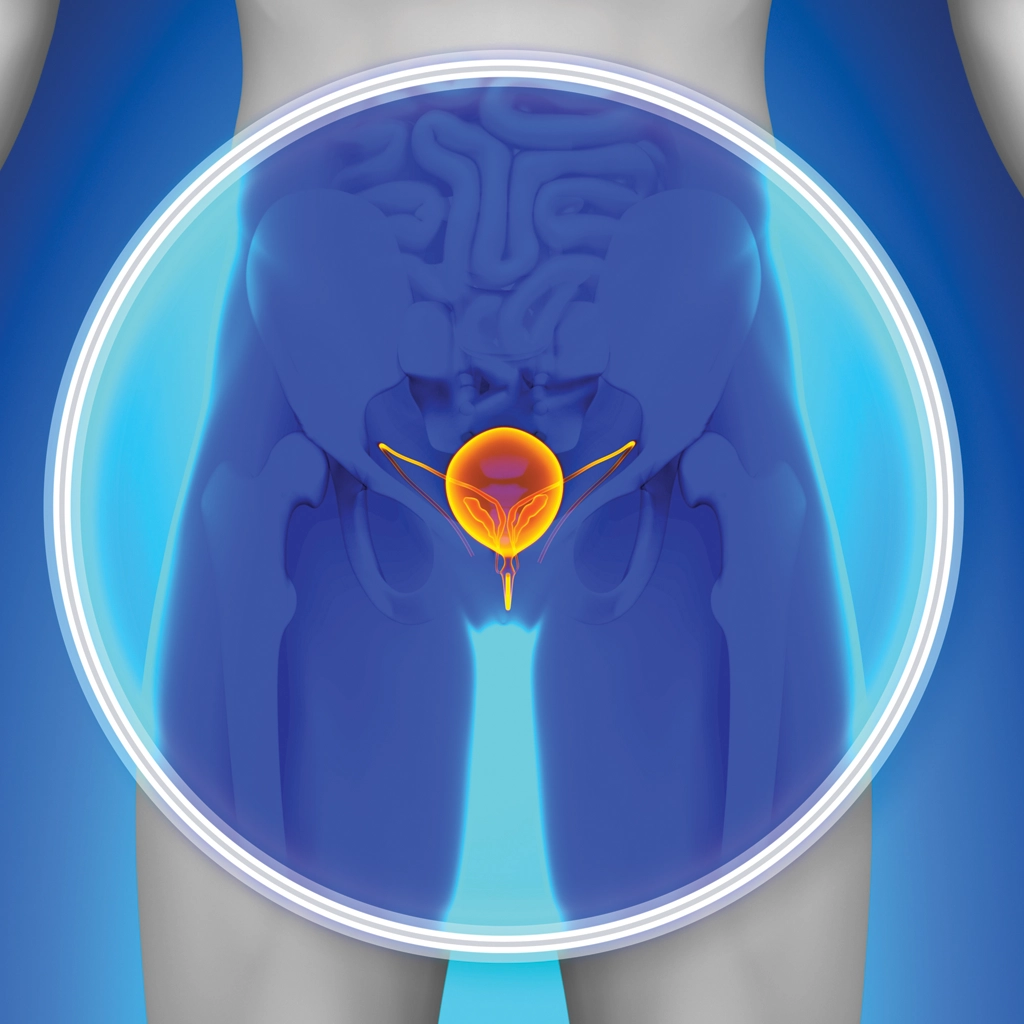Prostate Artery Embolization (PAE)
Safe, effective, non-surgical treatment for enlarged prostate (BPH)
Benign prostatic hyperplasia (BPH) is a non-cancerous enlargement of the prostate gland and is one of the most common health problems experienced by men, affecting half of all men over 50 years of age. Its primary symptoms are the urgent need to urinate, and the need to urinate more frequently—especially at night. It can also result in a weak urine stream, difficulty to begin urinating, and the inability to empty the bladder completely.
Left untreated, BPH can ultimately lead to painful urination, incontinence, reduced sex drive, and even erectile dysfunction. One study showed that 95% of men with moderate BPH symptoms are unhappy and do not wish to spend the rest of their lives suffering from them.
What causes BPH?
As a man ages, his prostate gland increases in size as a normal part of aging. For many men, the growing prostate can put pressure on the bladder and urethra, causing BPH symptoms.
Unfortunately, BPH will not go away on its own. But when the symptoms of BPH start affecting your quality of life, you have options!


